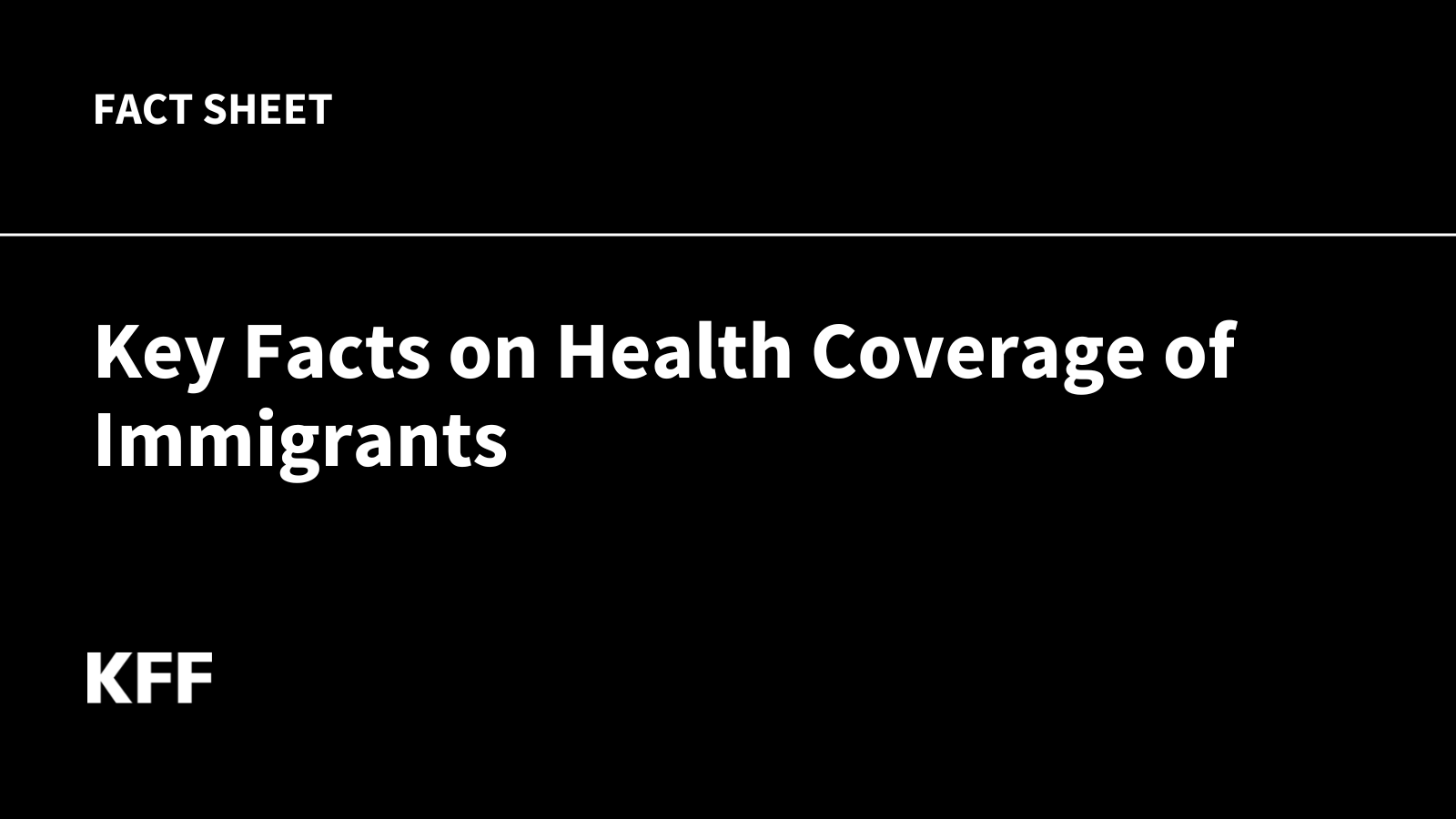
The Robert Woods analysis shows the premium spread increases anywhere from $341 to $819 depending on the state if the enhanced tax credits expire. The average across the ten states is a $506 difference in premiums.
NATIONAL STATS
All told, Health and Human Services (HHS) reported last January that 24.2 million people bought health insurance through the ACA marketplace for 2025 — a record number. Florida (4.7 million), Texas (4 million), California (2 million) and Georgia (1.5 million) — make up roughly half of all people enrolled. New York has a separate program operated by the state that covers 1.7 million people.
THE ENHANCED ACA CREDITS
The fight in Washington revolves heavily around the American Rescue Plan Act (ARPA), which in 2021enhanced the ACA’s tax credits to lower premium costs. ARPA expanded the tax credits for people earning from 133% to 400% of the federal poverty level. The Inflation Reduction Act (IRA) then extended the enhanced tax credits through the end of 2025.
Essentially, the timing was set so the ACA tax credits would expire at the same time the 2017 Trump tax cuts. Democrats believed at the time they would be able to get those ACA credits negotiated with whomever was in the White House. That plan obviously failed.
Kaiser Family Foundation (KFF), which conducts research on health care, credited the enhanced premium tax credits for more than doubling enrollment through the marketplace. KFF cites that the average premium of $888 in 2024 would jump to $1,593 without the tax credits.
For an individual making $35,000, their premium with the enhanced tax credits is $1,033, or 2.9% of income. Without the enhanced credits, the premium jumps to $2,615 annually.
For a family of four making $110,000 — 342% of the federal poverty level in 2025 — premiums this year were capped at 7.1% of household income, or $7,755 a year. Next year, they would pay $10,956, or an increase of $3,201 per year.
Rural residents garner a higher share of tax credits than urban residents. The average monthly premium tax credits in rural America are nearly $654, compared to $571 in urban areas.
Overall, the enhanced tax credits saved rural enrollees an average of $890 per year, about 28% more than their urban counterparts, HHS reported last year.
Minnesota officials in a press conference this week indicated roughly 90,000 residents would see an average premium hike of 21.5% for individual policies and 14.2% increases in small group plans.
“A lot of farmers are going to be faced with a choice: buying a healthcare insurance policy versus making their loan payment to keep themselves out of foreclosure or, in some cases, putting food on the table,” said Gary Wertish, president of the Minnesota Farmers Union in a WCCO-TV report.
KFF:
RWJF:
Chris Clayton can be reached at [email protected]
Follow him on social platform X @ChrisClaytonDTN
(c) Copyright 2025 DTN, LLC. All rights reserved.
link






